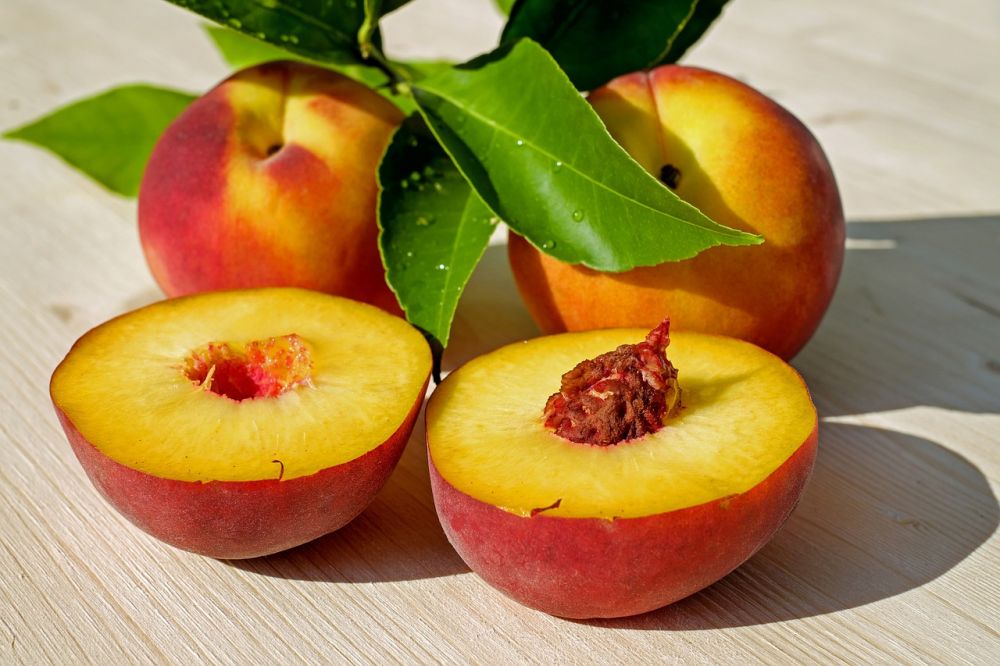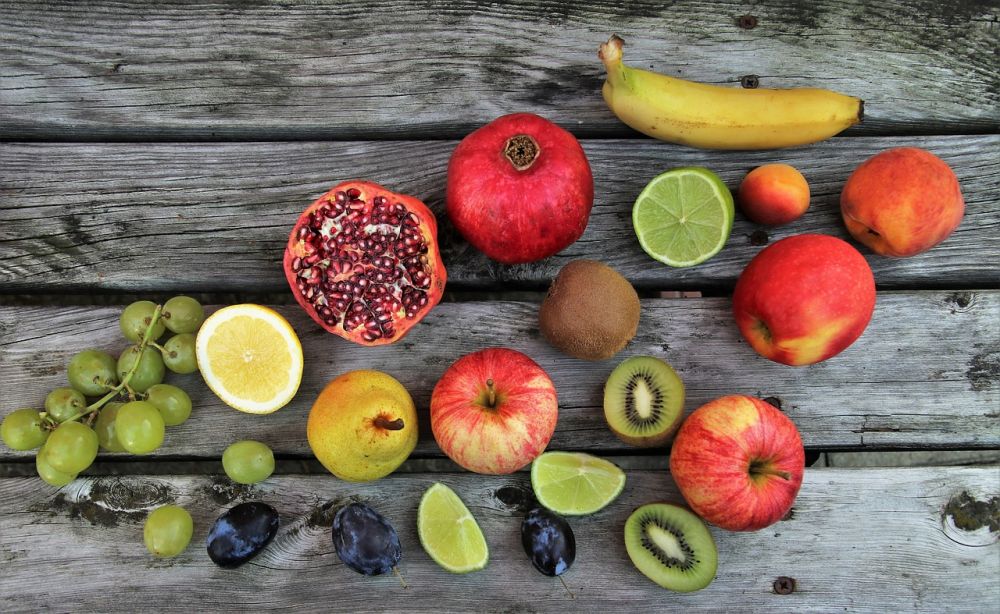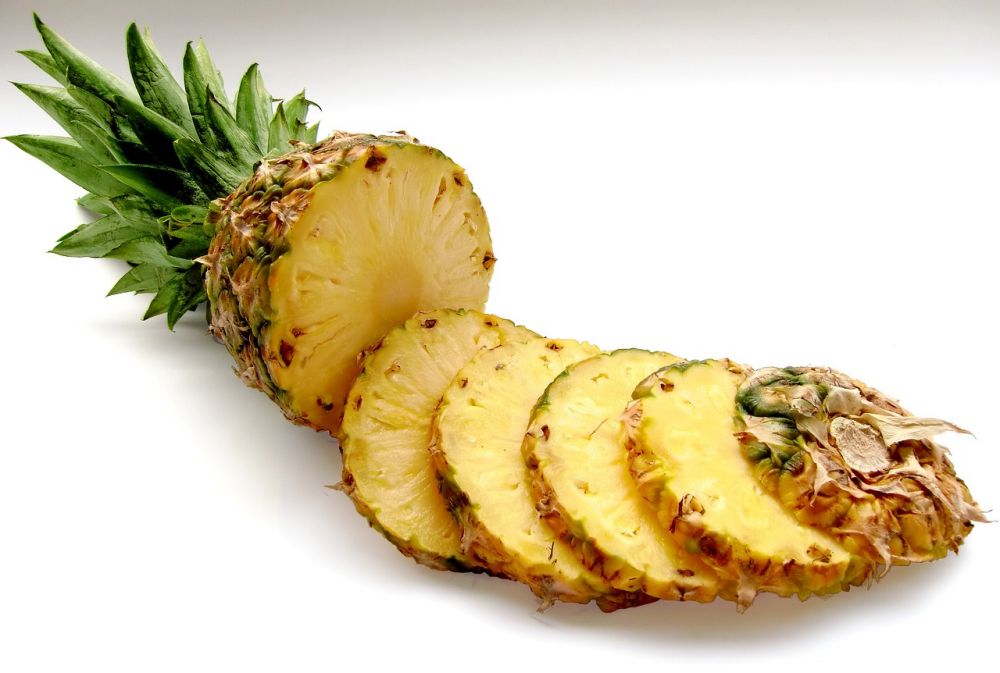LCHF Diet: A Comprehensive Guide to Low Carb High Fat Diets

Introduction
The LCHF (Low Carb High Fat) diet is a popular dietary approach that focuses on reducing carbohydrate intake while increasing the consumption of healthy fats. This article aims to provide a detailed overview of the LCHF diet, including its different types, benefits, drawbacks, and historical evolution. By understanding its principles and effects, readers can make informed decisions about incorporating this diet into their lifestyle.
Overview of LCHF Diet

The LCHF diet is based on the principle of limiting carbohydrate intake to force the body into a state of ketosis. In this metabolic state, the body primarily burns fat for energy instead of relying on carbohydrates. This approach has gained popularity due to its potential benefits, such as weight loss, improved blood sugar control, and increased satiety.
Types of LCHF Diets
There are several variations of the LCHF diet, each with different macronutrient ratios and dietary restrictions. The most commonly known types include:
1. Standard LCHF Diet: This approach typically allows for 20-50 grams of carbohydrates per day, focusing on healthy fats like avocados, nuts, and olive oil, and moderate protein intake.
2. Ketogenic Diet: This is an extremely low carbohydrate diet, usually limiting carb intake to less than 20 grams per day. The main emphasis is on consuming high amounts of healthy fats, moderate protein, and very limited carbohydrates.
3. Paleo Diet: While not strictly a LCHF diet, the paleo diet aligns with low-carb principles by emphasizing whole, unprocessed foods and excludes grains, legumes, and refined sugars.
Quantitative Measurements of LCHF Diet
Research studies have demonstrated the efficacy of the LCHF diet in promoting weight loss and improving metabolic health. One key metric used to measure the impact of this diet is the body’s ability to enter ketosis. Blood ketone levels can be measured using devices like ketone breath analyzers or blood ketone meters. Additionally, individuals following the LCHF diet often experience reduced blood sugar levels, improved lipid profiles, and increased levels of HDL (good) cholesterol.
Differences Among LCHF Diets
While all LCHF diets share the common goal of low carbohydrate intake, there are notable differences among them. For instance, the ketogenic diet is the most restrictive, with a specific focus on achieving and maintaining a state of ketosis. On the other hand, the standard LCHF diet allows for slightly higher carbohydrate intake, making it a more sustainable option for individuals who may struggle with strict adherence.
Historical Overview of LCHF Diets
The concept of low carbohydrate diets dates back to the mid-19th century when William Banting popularized a diet low in carbohydrates for weight loss. Since then, numerous variations of low carbohydrate diets have emerged, with the LCHF diet gaining traction in recent years due to its positive effects on weight loss, blood sugar control, and overall health.
Benefits and Drawbacks of LCHF Diets
Proponents of the LCHF diet argue that it promotes sustainable weight loss, reduces inflammation, and improves markers of metabolic health. Moreover, the LCHF diet has shown potential benefits for individuals with certain medical conditions such as epilepsy and type 2 diabetes. However, critics argue that the LCHF diet may lead to nutrient deficiencies, constipation, and potential adverse effects on cardiovascular health if not properly balanced.
In conclusion, the LCHF diet is a dietary approach that restricts carbohydrate intake and emphasizes healthy fats. It comes in different variations, each with its own macronutrient ratios and restrictions. While the LCHF diet offers potential benefits, it is important to consider individual health conditions and consult with a healthcare professional before making significant dietary changes. By understanding the principles and historical evolution of the LCHF diet, individuals can make informed decisions to improve their health and well-being.





